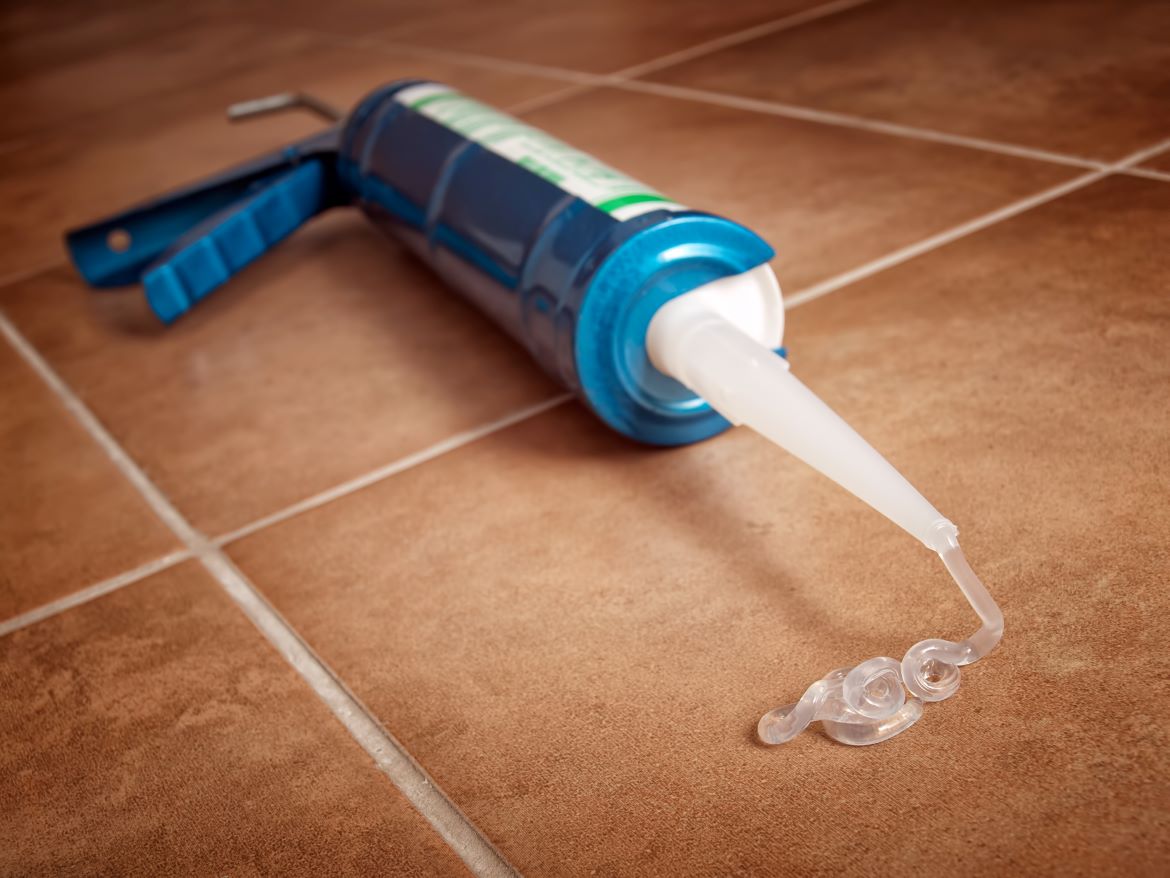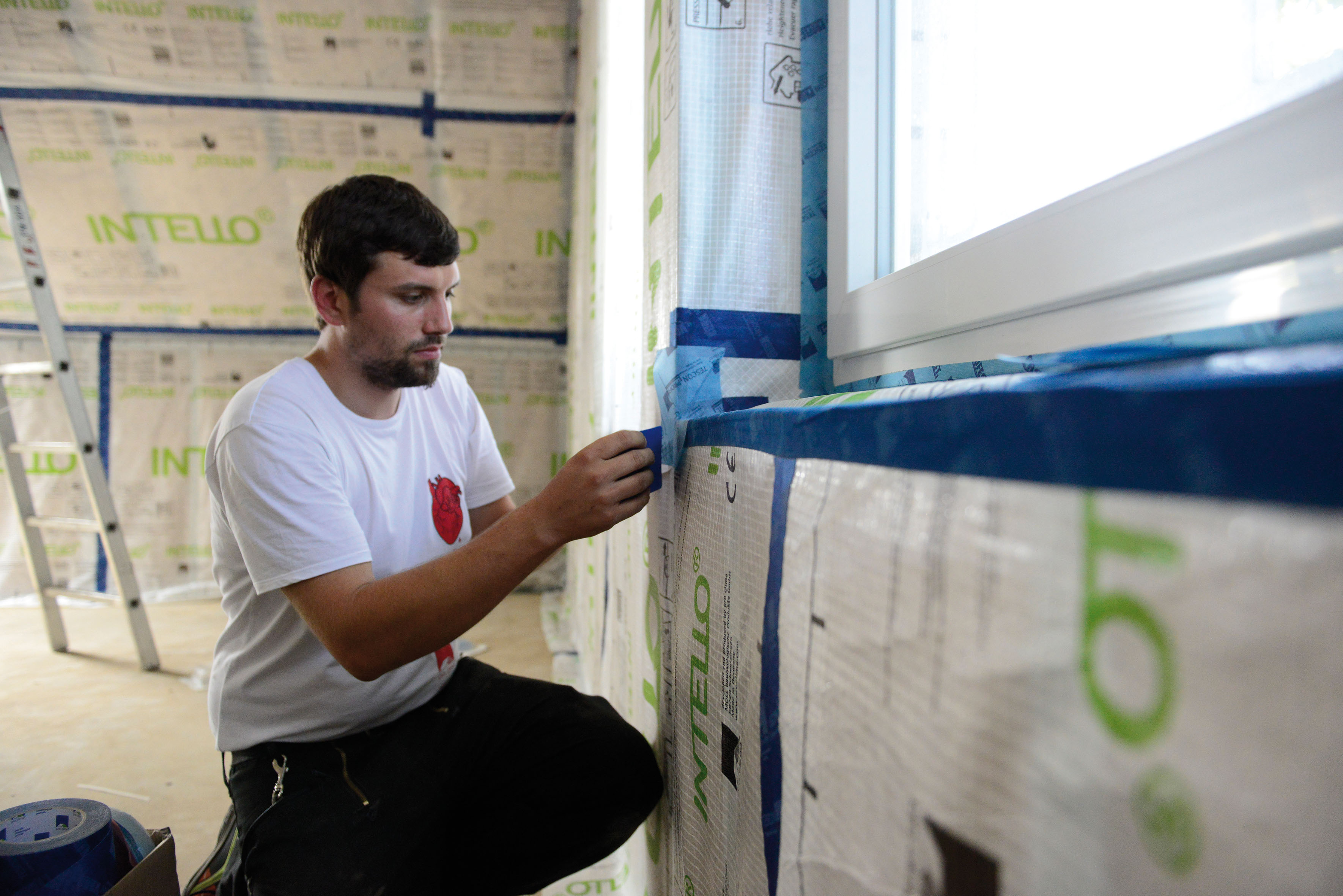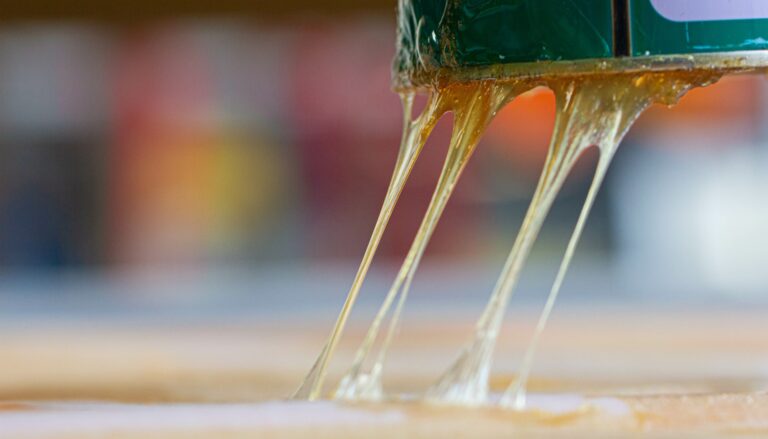From zipping up backpacks to securing home renovations, adhesives have been used for centuries to help us get out of sticky situations. From the ancient Egyptians using hide glue on pottery to modern superglues and sealants, adhesives are essential in our daily lives.
But what exactly are these miraculous substances? And how do they work? In this article, we’ll explore the world of adhesives and discover their many uses, from practical applications to artistic expression. Well also discuss the science behind them so you can understand why certain types may be better suited for one task versus another.
So join us as we uncover all things adhesive!
Types of Adhesives and Their Uses

When it comes to adhesives, the range of uses is vast and varied. Glue has long been a staple for crafting projects and other household items, but modern-day adhesives provide far more than just stickiness. From industrial sealants to medical glues, there are now countless types of adhesives on the market with specific applications in mind. The most common type of adhesive used around the home is general-purpose glue or craft glue.
This type of glue can be used for everything from making paper crafts like scrapbooks or card making to repairing furniture or even mending toys. Industrial strength superglues are also popularly used in many areas around the home; these are ideal for quickly bonding together metal parts and similar materials that need extra hold.
For tougher tasks requiring higher temperature resistance such as automotive repairs, spray adhesives, as well as epoxy resins make an excellent choice due to their exceptional strength when cured properly and their ability to adhere to a variety of surfaces including metal, wood, plastic, and glass.
They come in two parts which must be mixed before use so they can form a strong bond once hardened over time – this makes them invaluable for permanent repairs where maximum durability is required.
In addition, specialty adhesives have been developed specifically for particular tasks like waterproofing fabrics or attaching mirrors securely onto walls without damaging them; these often offer unique properties such as flexibility or heat tolerance that regular glues cannot replicate.
For example, silicone sealant provides superior protection against moisture damage compared with conventional glues because it remains flexible after being applied rather than becoming brittle over time like many traditional adhesives do when exposed to water or humidity levels above normal room temperature conditions.
Finally, hot melt glue guns create instant bonds between materials at high temperatures – perfect if you need something stuck down fast!
Health and Safety Considerations for Working with Adhesives

Working with adhesives can be a tricky affair. To ensure safety and health, it is important to take the necessary precautions when dealing with these materials.
Adhesives typically contain hazardous ingredients including volatile organic compounds (VOCs) and other chemicals so adequate ventilation is essential when working in an enclosed space such as a shop or garage. It’s also important to wear protective gear such as gloves, masks, and eye protection while handling any adhesive products.
Additionally, proper storage of adhesives should be considered as some require refrigeration while others must be kept at room temperature out of direct sunlight for maximum effectiveness.
Furthermore, since most adhesives are highly flammable it is always wise to have fire extinguishers on hand just in case there is an accident or spillage that could potentially ignite flames. Finally, read all product labels carefully before using any type of adhesive and follow the manufacturer’s instructions closely for best results and optimal safety measures during use.
Troubleshooting Common Sticky Situations
Troubleshooting Common Sticky Situations: From working with tape to dealing with glue, adhesives can be incredibly helpful tools. But they don’t always work as planned and may leave you in a sticky situation. To help you out, we’ve explored the most common adhesive problems and how to solve them.
If your tape is not sticking, it might be because of dirt or dust on the surfacethat’ss preventing it from properly attaching – try wiping down the area first before reapplying the tape. If the glue isn’t bonding correctly then make sure to use enough of it for a strong hold and give it time to dry completely before putting pressure on the bond.
If you have used too much glue then don’t worry – simply allow any excess to dry before attempting to remove it with sandpaper or a scraper tool.
Finally, if your adhesive job has gone wrong and needs fixing up, try using heat such as a hairdryer or hot water bottle which will soften up any existing bonds long enough so that they can be safely removed without damaging surfaces. With these tips in mind hopefully, you’ll never find yourself in another sticky situation!
Conclusion

In conclusion, adhesives play a major role in our everyday lives. From the creation of scientific breakthroughs to the production of essential household items, these materials have proven themselves time and time again as reliable tools for making things stick together.
Adhesives come in many forms, from natural substances such as tree sap to synthetic compounds created through various chemical processes. With so much variety available, it’s easy to find an adhesive suited for any number of projects or applications.
Whether you’re looking for something strong enough to hold two pieces of wood together or need something gentle enough not to damage delicate surfaces, there are plenty of options available on the market today. Ultimately, understanding how adhesives work can help you make informed decisions when selecting which type best suits your needs.

